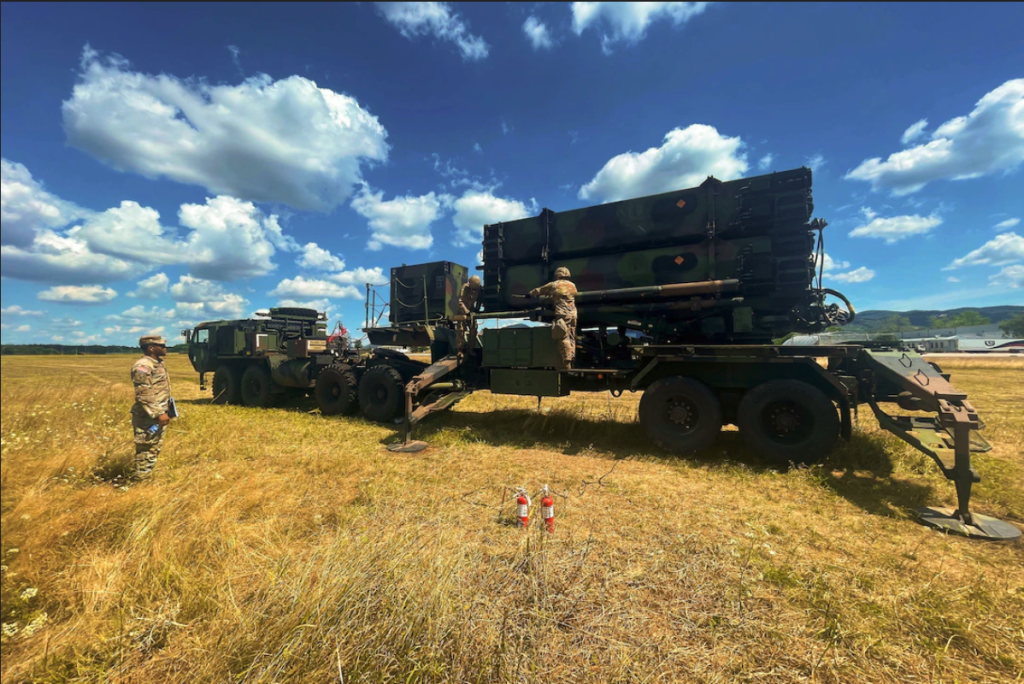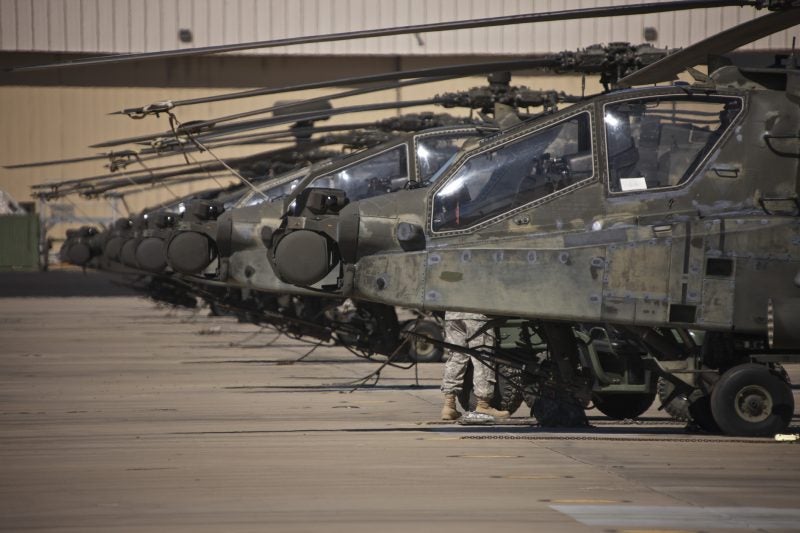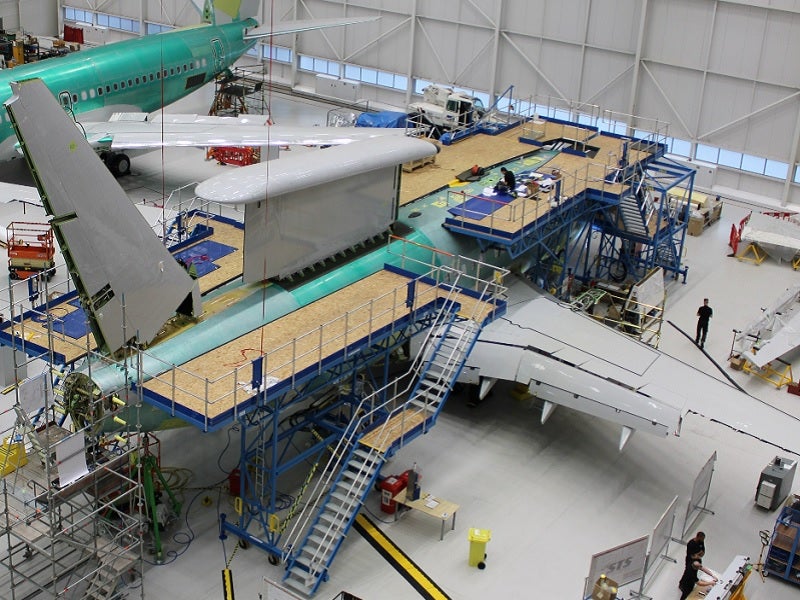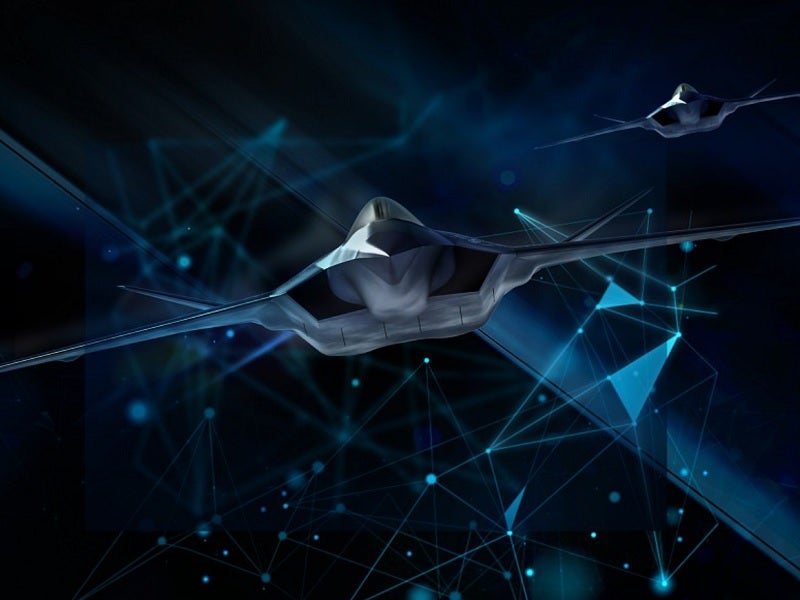
Harry lye: what’s the aim of the Skyborg project?
Dr Will Roper: The aim of the Skyborg programme is to prototype a low-cost, attritable aircraft that can bring intelligent mass to the battlefield. Artificial intelligence (AI) will fundamentally alter the way future wars are fought, and the Skyborg project is a foundational step to integrating the technology into the air force.
The system will not replace human pilots, but instead allow them to perform higher-level cognitive tasks and battle management alongside our unmanned platforms. Skyborg is critical to realising the future vision of the air force, which leverages multi-domain command and control, advanced AI and networked weapons to maintain our competitive advantage. If successful, the programme could lead to a family of airborne platforms that share a common intelligent nervous system that can react to our adversaries at machine speed.
What’s the timeline for the Skyborg project?
There is heavy investment by our near-peer adversaries in AI and autonomy in general. We know when you couple autonomy and AI with systems like low-cost attritables, you can increase capability significantly and be a force multiplier for our air force. The 2023 goal line is our attempt at bringing something to bear in a relatively quick time frame to show that we can bring that kind of capability to the fight.
What makes the F-35 and F-15EX ideal platforms for working with drones such as the Valkyrie?
The F-35 and the F-15EX, while not the only potentially paired platforms, do offer some advantages over others. Starting in 2023, F-35s rolling off the production line will be outfitted with improved processors, more memory capacity and new, advanced displays in the cockpit.
Underlining those upgrades is a transition to an open mission system architecture owned by the government, which will allow the services to create and upload custom software apps that could seamlessly integrate with autonomous aircraft. The F-35 is a force multiplier able to share its operational picture with ground, sea and air assets in the battlespace while acting as an airborne battle manager. Pairing it with Valkyrie, or other unmanned systems offers the opportunity to multiply its effects without the logistical or manpower costs of traditional aircraft.
The F-15EX offers a unique opportunity to inject 5th-generation capabilities into a 4th-generation asset. The F-15EX’s upgrade path includes integration of an open mission system backbone and an auxiliary processor that could be key enablers along Skyborg’s projected path.
What challenges are you expecting along the way?
If you look at how fast the commercial industry is advancing in this area, I don’t see the underlying technology as the major limiting factor. However, realising a fielded capability will require overcoming logistical, integration, and policy hurdles, as well as a cultural shift.
Where does the US Air Force stand on the ethical arguments of autonomous UAVs? How much control will the drone be given?
Ultimately, the air force wants to earn our way to that kind of problem. Those types of issues aren’t insurmountable because Skyborg’s performance can help the Pentagon figure out exactly how much autonomy it should have and what restrictions need to be in place. Right now we don’t have a consolidated airborne AI programme I can put into the warfighter’s hands to go figure out the dilemmas.
Once we get that, I imagine the technology will move so quickly our policies are going to have a hard time catching up to it. Overall, just like any tool, autonomous UAVs give the air force more options to meet the commander’s intent within the rules of engagement. Our professional airmen have been making these ethical decisions since the air force was founded, and autonomous UAVs will not change that dynamic.
How will the implementation of relatively cheap, replaceable aircraft change the tactics of the USAF?
Low cost, autonomous aircraft offer the ability for our pilots to concentrate on high-level strategy and tactics instead of repetitive or mundane tasks. They will also allow the air force to take measured risk with attritable platforms to keep our high-value aircraft in the fight. We can separate the sensor and the shooter and we can provide a wider, high-fidelity air picture, while seamlessly distributing communications to the joint force.
The AI may be able to respond to threats more quickly than a human pilot, or prioritise targets among a heterogeneous family of systems. It opens a large array of options to the warfighter, and it’s going to make pilots more important and more effective.
The first things that we’ll do will not appear as sexy as what you might imagine in a movie, but will be completely game-changing. Exactly what those first demonstrations will be is yet to be decided. First, we must build the highway that enables the capability, which includes key enablers like a common communications network and open mission systems.
Once the highway is prototyped, we’ll open up a vast array of autonomous capabilities, similar to building the mobile operating systems that allowed unlimited potential for innovation.
Airforce-technology.com/wp-content/uploads/sites/4/2019/11/Skyborg-US-AFRL-900×506.jpg” alt=”” width=”900″ height=”506″ />
Concept art of the future Skyborg system. Image: USAF.
How close is current technology to what you are expecting from Skyborg?
If you look across this technology space, I think the core components of what is needed already exist—this is as much of, if not more than, an integration problem as a technological one.
Are there other air forces investing in similar systems?
Yes. Other air forces around the world show interest investing in this sort of technology—several prototypes were shown recently at the Paris Airshow. The question is who will operationalise this capability first.
Using UAS lowers costs and risks – do you think that this will lead to more combat encounters?
Just like any new technology, the risk of conflict escalation is managed by the combination of specific rules of engagement and well-trained airmen making decisions with the best information available. Unmanned, autonomous systems provide the capability to make those decisions using a better understanding of the battlespace while providing a range of options to our elected leaders.




